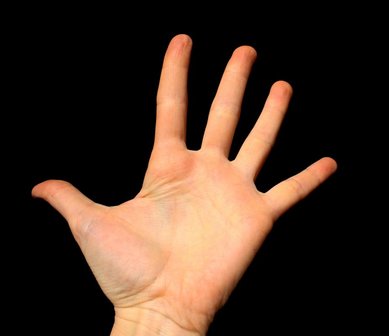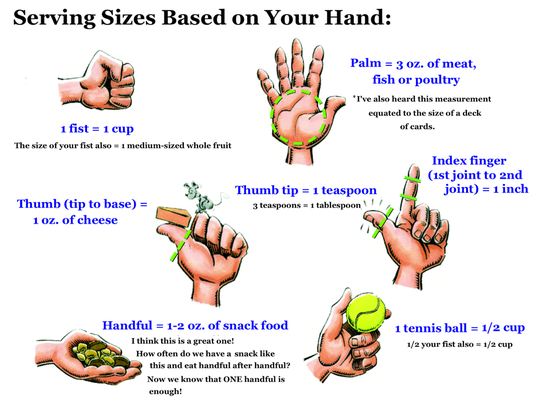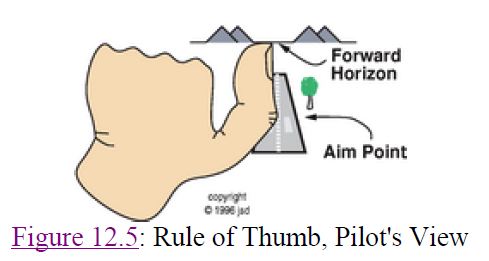Origin; The 'rule of thumb' has been said to derive from the belief that English law allowed a man to beat his wife with a stick so long as it is was no thicker than his thumb. In 1782, Judge Sir Francis Buller is reported as having made this legal ruling and in the following year James Gillray published a satirical cartoon attacking Buller and caricaturing him as 'Judge Thumb'.
When I was around six years old, an uncle gave me a tape measure as a bit of a plaything, to keep me out of mischief during a holiday. It was a good ploy, as I spent much time wandering around measuring everything I could literally lay my tape upon. It started a fascination with measures, which lasted.
Later, I studied the Romans and got interested in their measuring system, for example, the pes, or Roman foot, pollex or thumb and the palmus or palm, together with the cubit and gradus or step. I discovered that my thumb from knuckle to tip was approximately an inch or 2.5cm, while my hand span was 9 inches or 22cm. Counting the steps between lampposts was a short term slight obsession, to find out if it was always the same. Uncle Don has a lot to answer for…
This still is the case. It can be quite useful if out without a tape measure, to know that four handspans would equal approximately 36 inches or one yard, in old measures, or five handspans, not quite flexed would approximately equal a metre. It can be useful when considering a piece of furniture or similar, to estimate whether it would fit or not.
The strips also doubled as the border for a display, so had multiple purpose.
We did an experiment with each child using their feet to measure the length and width of the classroom. The results were counted and tallied and, surprise, there was a range of result, which lent themselves to a variety of recording methods; arrow charts, lists, bar charts…
I made up a story about a king who asked a carpenter to make a boat that was one hundred feet long. The carpenter worked diligently, and created the most magnificent boat ever seen. When the king came back he took one look at the boat, admired it’s elegance and then put the carpenter in jail for creating a boat that was too short…
The children had to discuss why the king might be angry. The need for agreed measures was brought up and they all agreed that the king should have left a pattern of his own foot as the unit of measurement. A wider discussion explored the basis for standard measures across everyone and the activities were repeated using metre sticks or tape measures.
Measures were always a significant part of much planning; most Primary topics effectively lend themselves, at some point to being able to measure something, in some form, using standard or non-standard measures. It allows working mathematically out of doors, with the results able to be collated and recorded in a variety of forms appropriate to the needs of the age group, introducing young children to data forms early.
So, as a rule of thumb, I’d sometimes fill in odd moments with a bit of measuring. It’s surprising how much pleasure young children get by finding that their bodies are natural measures.



 RSS Feed
RSS Feed
